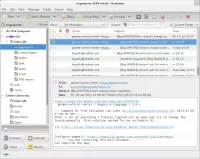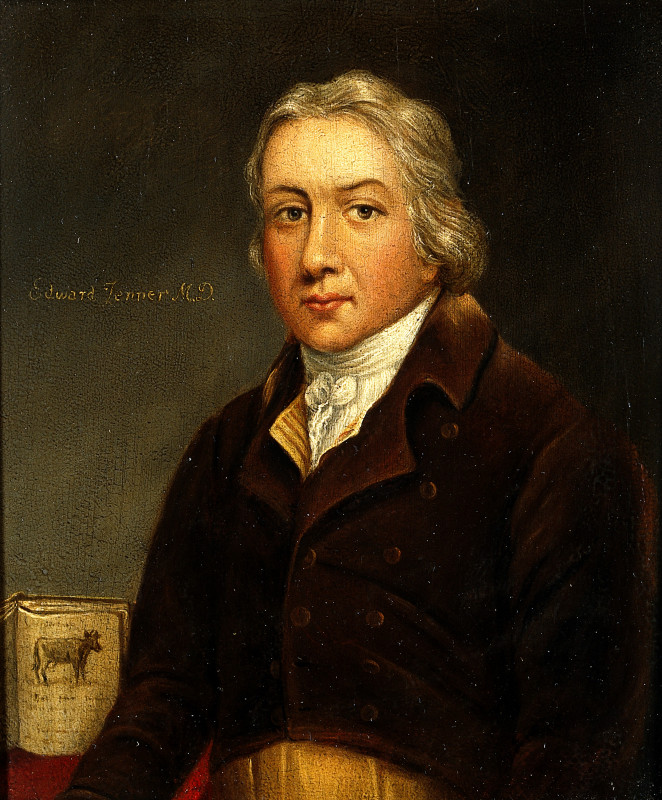Substack is a platform that enables writers to create and distribute subscription-based newsletters. Founded in 2017 and based in San Francisco, it provides the necessary tools for publishing, payment processing, analytics, and design. This allows writers to directly connect with their audience and monetize their content through subscriptions.
2004: Traditional Media Decline
In 2004, there were twice as many newsroom jobs as in 2019.
2017: Substack Founded
In 2017, Substack was co-founded by Chris Best, Jairaj Sethi, and Hamish McKenzie. The founders were inspired by Ben Thompson's Stratechery.
2017: Acquisition of First Creators
In 2017, Substack's founders contacted a small group of writers to onboard them as the platform's first creators.
2018: Substack Reports 11,000 Paid Subscribers
In 2018, Substack reported having 11,000 paid subscribers.
2018: Initial Seed Funding Round
In 2018, Substack secured an initial seed funding round from investors including The Chernin Group, Zhen Fund, Emmett Shear, and Justin Waldron.
February 2019: Monetization of Podcasts
In February 2019, Substack enabled creators to monetize their podcasts.
March 2019: Chris Best Becomes CEO
In March 2019, Chris Best, one of the co-founders, assumed the role of chief executive officer at Substack.
2019: Sinocism as Top Paid Newsletter
As of 2019, Bill Bishop's Sinocism was the top paid newsletter on Substack, offered at $11 per month or $118 per year.
2019: Series A Funding and Recruitment of High-Profile Writers
In 2019, Andreessen Horowitz invested $15.3 million in Series A funding into Substack, with some funds allocated to attract prominent writers to the platform.
2019: Newsletters as a Stable Means to Maintain Readers
In 2019, Mike Isaac of The New York Times highlighted the potential of platforms like Substack, suggesting that newsletters offer a more stable means to maintain readers by fostering a direct connection between writers and their audience.
2019: Substack Adds Support for Podcasts and Discussion Threads
In 2019, Substack expanded its features to include support for podcasts and discussion threads to enhance engagement among newsletter subscribers.
2019: Fellowship Program and Sports Journalists Surge
In 2019, Substack introduced a fellowship for writers, providing a $3,000 stipend and a workshop. The decline of sports publications, along with the pandemic's onset, drove an increase in sports journalists joining Substack.
July 28, 2020: Email Privacy Breach
On July 28, 2020, Substack inadvertently exposed user email addresses in a mass email sent to announce changes to its privacy policies and CCPA compliance. The company acknowledged the error and stated it was corrected after the initial batch of emails.
August 2020: Substack Reports 100,000 Users Paying for Newsletters
In August 2020, Substack announced that over 100,000 users were paying for at least one newsletter on the platform.
2020: Substack Subscription Fees and Revenue Model
As of 2020, Substack's minimum subscription fee was $5 per month or $30 per year, with Substack taking a 10% fee from subscription payments. The platform does not generate revenue from advertisements placed by publishers.
2020: Growth of Journalists on Substack and Absence of Local News Newsletters
In 2020, The New Republic noted a lack of local news newsletters on Substack, contrasting with the prevalence of national political newsletters. Driven by the decline in traditional media, many journalists began joining the platform.
2020: Influx of Authors Accused of Spreading Misinformation
In 2020, as platforms like Twitter and Facebook restricted accounts spreading COVID-19 misinformation, some authors accused of spreading misinformation, such as Joseph Mercola and Steve Bannon, moved to Substack.
2020: COVID-19 Pandemic Grants
In 2020, following the start of the COVID-19 pandemic, Substack provided grants ranging from $1,000 to $3,000 to more than 40 writers to encourage them to use the platform.
March 2021: Substack Pro Program
In March 2021, Substack disclosed it had been experimenting with a revenue-sharing initiative, Substack Pro, which provided advances to writers for creating content on the platform. This program was criticized for a lack of transparency regarding participating writers.
May 2021: Substack Acquires People & Company
In May 2021, Substack acquired People & Company, a Brooklyn-based startup.
August 2021: Substack Subscriber and Revenue Growth
As of August 2021, Substack had over 250,000 paying subscribers, with its top ten publishers generating $7 million in annualized revenue.
November 2021: Substack Reaches 500,000 Paying Subscribers
As of November 2021, Substack announced that it had surpassed 500,000 paying subscribers, representing over one million subscriptions.
2021: Expansion into Comics Content
In 2021, Substack expanded its content offerings to include comics, signing creators like Saladin Ahmed and Jonathan Hickman. The platform paid them while allowing them to keep their subscription revenue, taking 10% after the first year.
January 2022: Private Beta Testing of Video
In January 2022, Substack announced that it would commence private Beta testing of video functionality on its platform.
January 2022: Criticism for Allowing Content Dangerous to Public Health
In January 2022, the Center for Countering Digital Hate criticized Substack for hosting content deemed dangerous to public health, estimating that the platform earned $2.5 million annually from top anti-vaccine authors. In response, Substack's founders defended their commitment to minimal censorship.
April 2022: Valuation Report
In April 2022, The New York Times reported that Substack's valuation may be as high as $650 million.
May 2022: Substack Drops Effort to Raise Money
In May 2022, Substack abandoned its attempt to raise between $75 million and $100 million.
April 2023: Elon Musk Proposal to Purchase Substack
In April 2023, Elon Musk discussed potentially buying Substack with the company's leadership, but the offer was not taken seriously.
April 2023: Substack Implements Notes Feature
In April 2023, Substack introduced a Notes feature, a microblogging tool, which allows users to publish and repost short-form content, similar to Twitter. This launch led to criticism by Elon Musk, and Twitter began censoring links to Substack.
November 2023: Criticism for Allowing White Nationalists and Antisemitic Content
In November 2023, Substack faced criticism for allowing white nationalists, Nazis, and antisemites on its platform, despite terms prohibiting hate speech. Over 100 creators threatened to leave in response. CEO Hamish McKenzie defended the decision, citing that censorship would worsen the issue.
December 23, 2023: Discussion about Extremist Newsletters on Substack
On December 23, 2023, in his The Racket newsletter, Jonathan Katz discussed his dialogue with Substack about the controversy surrounding extremist newsletters, including Substack's promotion and Stripe's profiteering. He also mentioned possible reactions to Substack's stance. Multiple newsletters, including Platformer, Citation Needed, and Garbage Day, left the platform as a result.
Mentioned in this timeline

Elon Musk is a prominent businessman and entrepreneur recognized globally...
Facebook is a social media and networking service created in...

Steve Bannon is an American media executive political strategist and...

News encompasses information about current events disseminated through various media...

Electronic mail or email revolutionized communication by providing a digital...

A vaccine is a biological preparation designed to provide active...
Trending

16 days ago Amon-Ra St. Brown's Status Uncertain for Lions vs. Cowboys Game Due to Injury.

18 days ago Marco Rubio's Venezuela Stance: War Sales Pitch and Social Media Influence Examined
5 months ago Trump's Tariff Easing on Serbia: Aims for Trade Deal with President Vucic
1 month ago Yankees Re-Sign Ryan Yarbrough to One-Year Deal: Bolstering Left-Handed Pitching
5 months ago Senator concerned JetBlue and United partnership may negatively affect market competition.

9 months ago Ian McKellen Returns to Marvel Universe in 'Avengers: Doomsday' as Magneto.
Popular

Candace Owens is an American conservative political commentator and author...

Tucker Carlson is an American conservative political commentator known for...

XXXTentacion born Jahseh Dwayne Ricardo Onfroy was a controversial yet...

Kashyap Pramod Patel is an American lawyer who became the...

Bill Gates an American businessman and philanthropist revolutionized personal computing...

Ilhan Omar is an American politician currently serving as the...